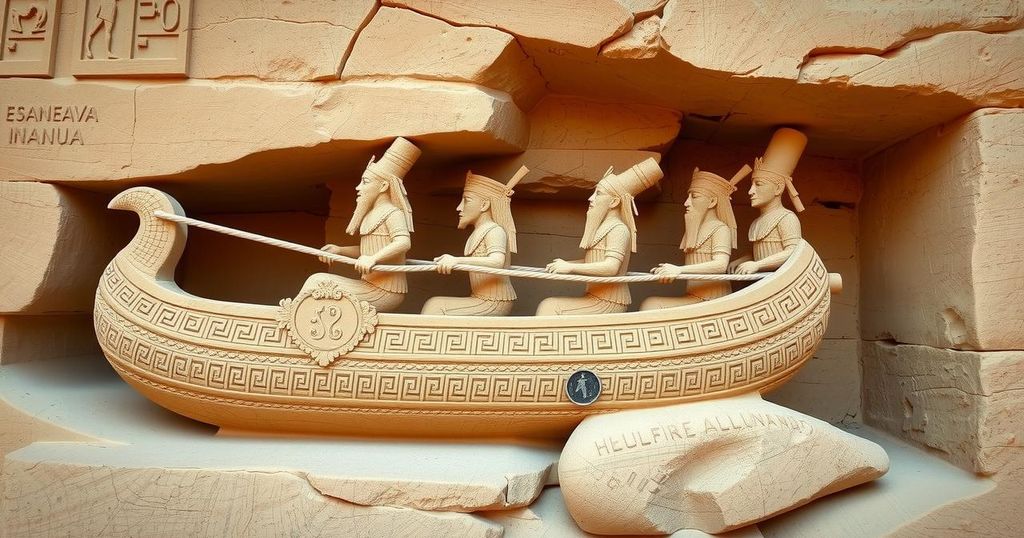Archaeology Breakthrough as Rare Rock Carving Reveals Key Secrets About Ancient Egyptian Kings
- A significant rock carving has been discovered in southern Egypt near Aswan.
- The carving is believed to date back to the fourth millennium BC, predating the pyramids.
- The figure depicted in the carving shows features typical of early Egyptian kings.
- Analysis suggests the carving represents members of ancient Egypt’s elite.
- The artwork has been linked to a crucial period just prior to political unification.
Significant Archaeological Discovery Near Aswan
A groundbreaking archaeological find has surfaced in southern Egypt, shining new light on the reign of ancient Egypt’s earliest rulers. This significant discovery involves an extraordinary rock carving that seems to hold keys to understanding the political landscape of early dynasties. The etching, unveiled near Aswan, is posited to originate from the fourth millennium BC, notably preceding the era of the great pyramids by hundreds of years.
Carving Depicts Elite Figure from Early Dynastic Period
Crafted into a block of sandstone, the carving showcases a seated figure adorned with features synonymous with early Egyptian royalty, notably the long, pointed false beard characteristic of pharaohs. This figure is believed to be associated with the political and military elite of the First Dynasty period, a crucial milestone when regional powers began to unify. An analysis published in the journal Antiquities digs deeper into the implications of finding such a richly detailed image from this transformative time, particularly as it captures a moment when Egypt was moving towards greater political coherence.
Intriguing Artistic Details and Historical Context
Interestingly, the artwork depicts this seated figure on an opulent boat, being towed by five individuals while another steers with an oar. While the identity of this elite figure remains unknown, it’s essential to note he is distinct from Pharaoh Narmer, who is credited as Egypt’s first pharaoh in 3100 BC. The carving was located in a sizeable sandstone outcrop known to have served as a quarry since at least 330 BC, initially hidden beneath rubble along a narrow access route that also provided spectacular views of the Nile River below, suggesting the significance of location in ancient iconography.
In summary, the recent discovery of the rock carving near Aswan opens new doors for understanding the political intricacies of ancient Egypt. This remarkable carving, complete with detailed depictions, not only gives us clues about the lives of early rulers but also signifies a transformative era in the country’s history. Dr. Dorian Vanhulle emphasizes the importance of these findings, suggesting they represent a pivotal step in contextualizing rock art’s role in state formation in ancient Egyptian civilization.




Post Comment